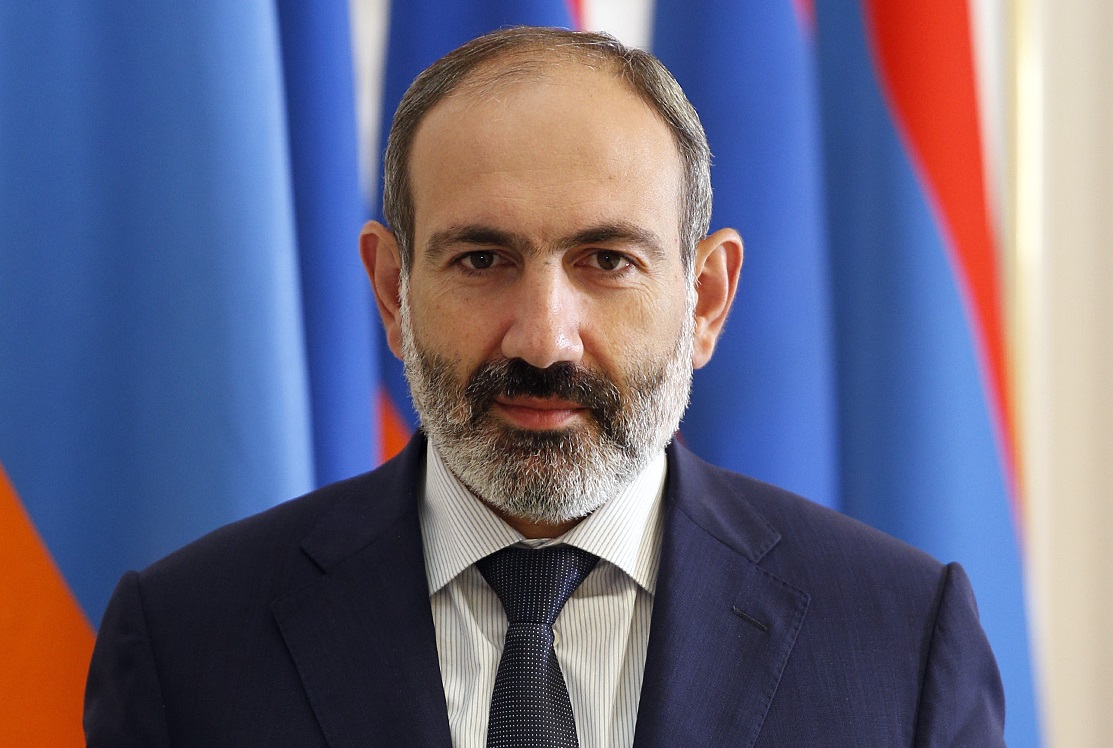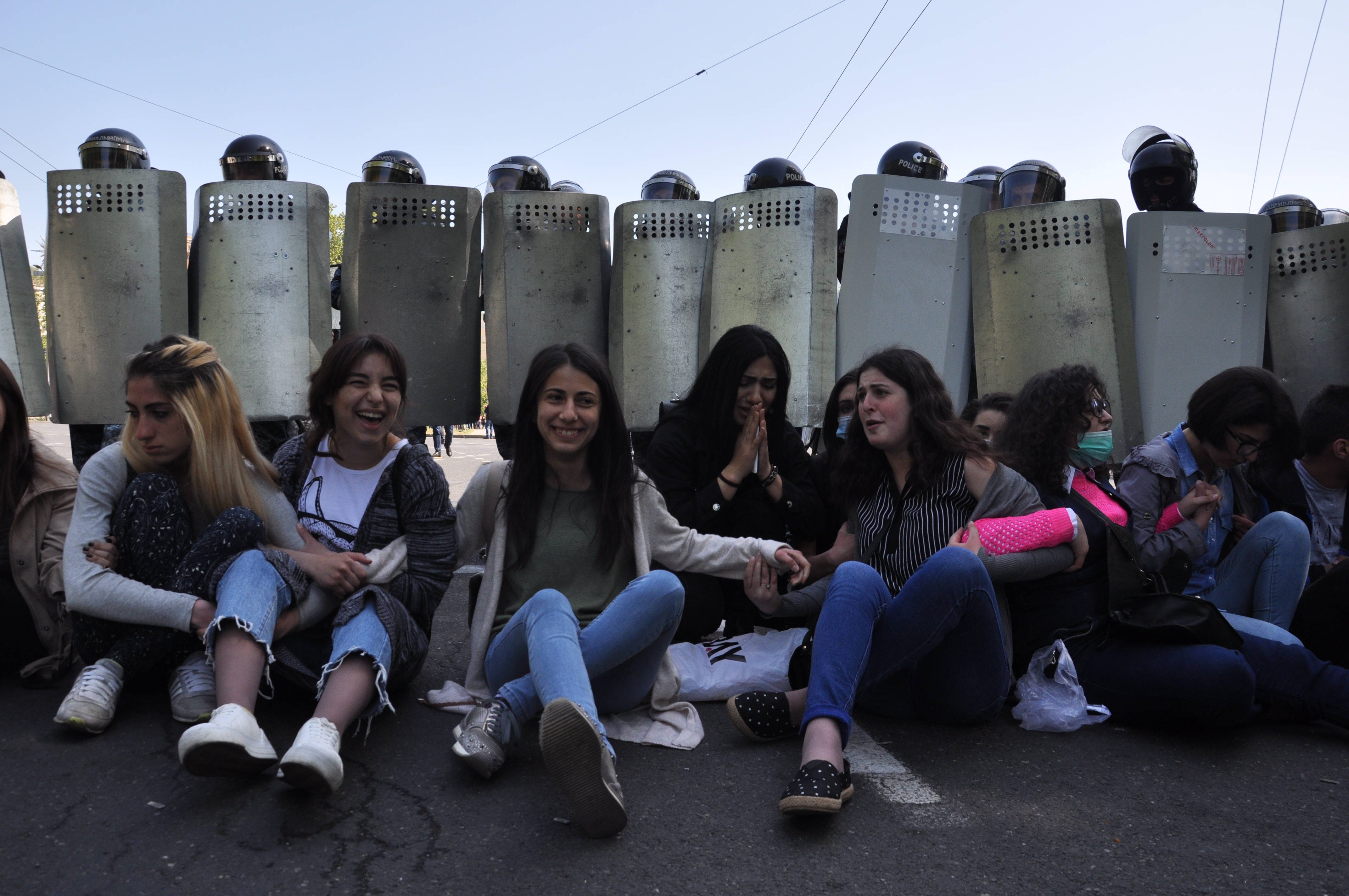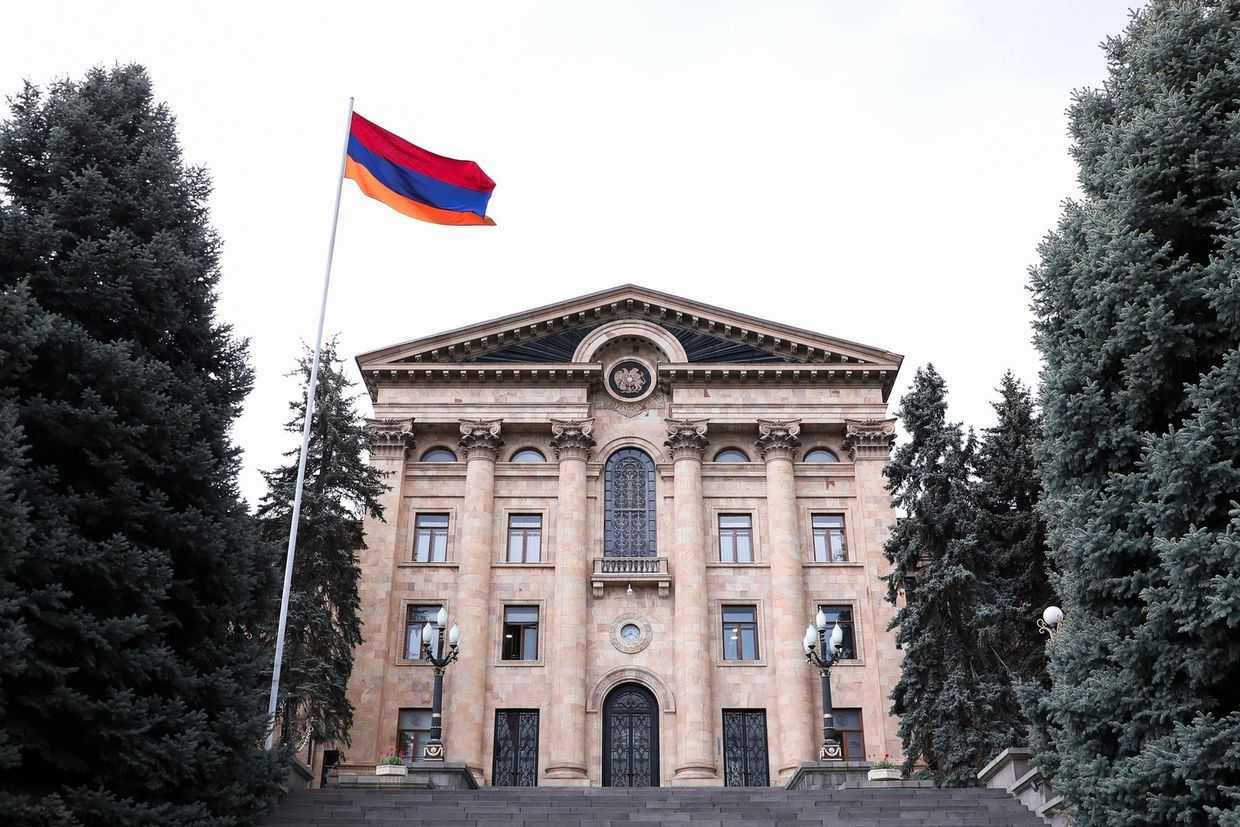

Nikol Pashinyan’s My Step Alliance has won a landslide in Armenia’s snap parliamentary elections, according to preliminary results. The previous ruling party, the Republican Party of Armenia, as well as their former coalition partner the Armenian Revolutionary Federation both failed to gain seats in Sunday’s vote.
Pashinyan’s My Step Alliance, made up of his Civil Contract Party, garnered 70.4% of votes, 880,000 people.
Of the nine political parties and two alliances that took part in the election, only Armenian tycoon Gagik Tsarukyan’s Prosperous Armenia Party, with 8.3% of votes, and the Bright Armenia Party, with 6.3%, will sit in opposition in the country’s parliament, the National Assembly.
Bright Armenia was previously one of three member parties of the Yelk (way out) alliance, along with Pashinyan’s Civil Contract Party.
The My Step Alliance is expected to take 88 seats in the National Assembly, Prosperous Armenia 26, and Bright Armenia 18.
However, the Central Election Commission underlined on Monday that the distribution of seats had not yet been determined.
Although the Armenian electoral code sets a 5% threshold for political parties and 7% for electoral blocs, it also guarantees that no party holds more than ⅔ of the total seats, guaranteeing the rest for opposition parties.
There is set to be 132 seats in the new National Assembly 27 more than in the previous, as seats are added proportionally in favour of opposition parties.
The former ruling Republican Party gained just 4.7% of votes, failing to pass the 5% threshold to enter the National Assembly.
The Armenian Revolutionary Federation (also known as Dashnaktsutyun) gained 3.9% and the nationalist Sasna Tsrer (Daredevils of Sasun) gained 1.8%, also failing to cross the threshold.
Both Prosperous Armenia and Bright Armenia cooperated with Pashinyan following the ‘Velvet Revolution’ that brought him to power.
As a result, former Defence Minister Vigen Sargsyan, leading the Republican Party list, had positioned his party as the only ‘real opposition’.
Following the release of preliminary results on Monday, Republican party spokesperson Eduard Sharmazanov called 9 December a ‘day of resurrection’ for his party, saying the party is far from being ‘finished’ as some had suggested, with 60,000 ‘loyal’ supporters.
‘Our fight continues until a real national, Christian, democratic ideology, not this fake “love and unity”, wins in Armenia’, Sharmazanov told Verelq news agency.
Turnout was about 49% (1.3 million voters), much lower than the 60% recorded in the last parliamentary elections in 2017.
In a live video address on Facebook, Pashinyan blamed the difference in turnout on the former ruling party transporting voters with lists to voting stations, something he said did not take place on Sunday.
Pashinyan claimed Armenia needed the early parliamentary elections so that he could pursue an ‘economic revolution’, by getting rid of the old ‘corrupt’ elite.
[Read on OC Media: To change the system from within or without — the dilemma for feminists in ‘New Armenia’]
‘Revolutionary majority’
Pashinyan refused to comment on the election results late on Sunday until they were made final, but told journalists that Armenian citizens were forming a ‘revolutionary majority’ in parliament.
Following the release of preliminary results on Monday morning, Pashinyan wrote on his Facebook page ‘powerful, powerful, powerful people! I love you, am proud of you, and bow before all of you!’.

Over 17,000 local and more than 320 international observers monitored the parliamentary elections, according to Armenian Central Election Commission.
The OSCE-led international observer mission concluded on Monday that the elections were competitive, ‘held with respect for fundamental freedoms and enjoyed broad public trust’, also noting a ‘general absence […] of vote buying and pressure on voters’.
They urged Armenian authorities to maintain this public trust with ‘further electoral reforms’.
OSCE observers noted following the previous parliamentary elections in 2017 that the vote was ‘tainted by credible information about vote-buying, and pressure on civil servants and employees of private companies’.
On Monday, an observer mission from the Russian-led Commonwealth of Independent States also gave positive comments, calling the elections ‘transparent’ and ‘open’.
The month-long campaign saw intensive negative ads, but on 5 December, Armenia also had its first live TV debate, between all 11 leaders participating in the elections.
A ‘Velvet Revolution’
Pashinyan was appointed Prime Minister by parliament in May following mass protests but headed a minority government as the Republican Party still held the most seats in the National Assembly.
Following landslide wins by his alliance in local elections in mid-October, he stepped down forcing the Republican Party to formally fail to elect a Prime Minister, triggering parliament to dissolve and for early elections to be held.
Protests led by Pashinyan began in March loosely organised around the slogan ‘No to Serzh’, against the appointment of Serzh Sargsyan as Prime Minister, but their demands later expanded to include a new government from outside the ruling Republican Party, and new elections to be held under a new electoral code.

Sargsyan had previously played down suggestions he would run again for political office after serving the maximum 10 years as president.
Following constitutional changes passed in 2015, Armenia shifted from a semi-presidential to a parliamentary system, with the prime minister as the most powerful position in the country.
On 17 April, Sargsyan was sworn in as PM by the National Assembly. He resigned 11 days later on 23 April, after thousands came out to the streets in what Pashinyan called a ‘velvet revolution’.









